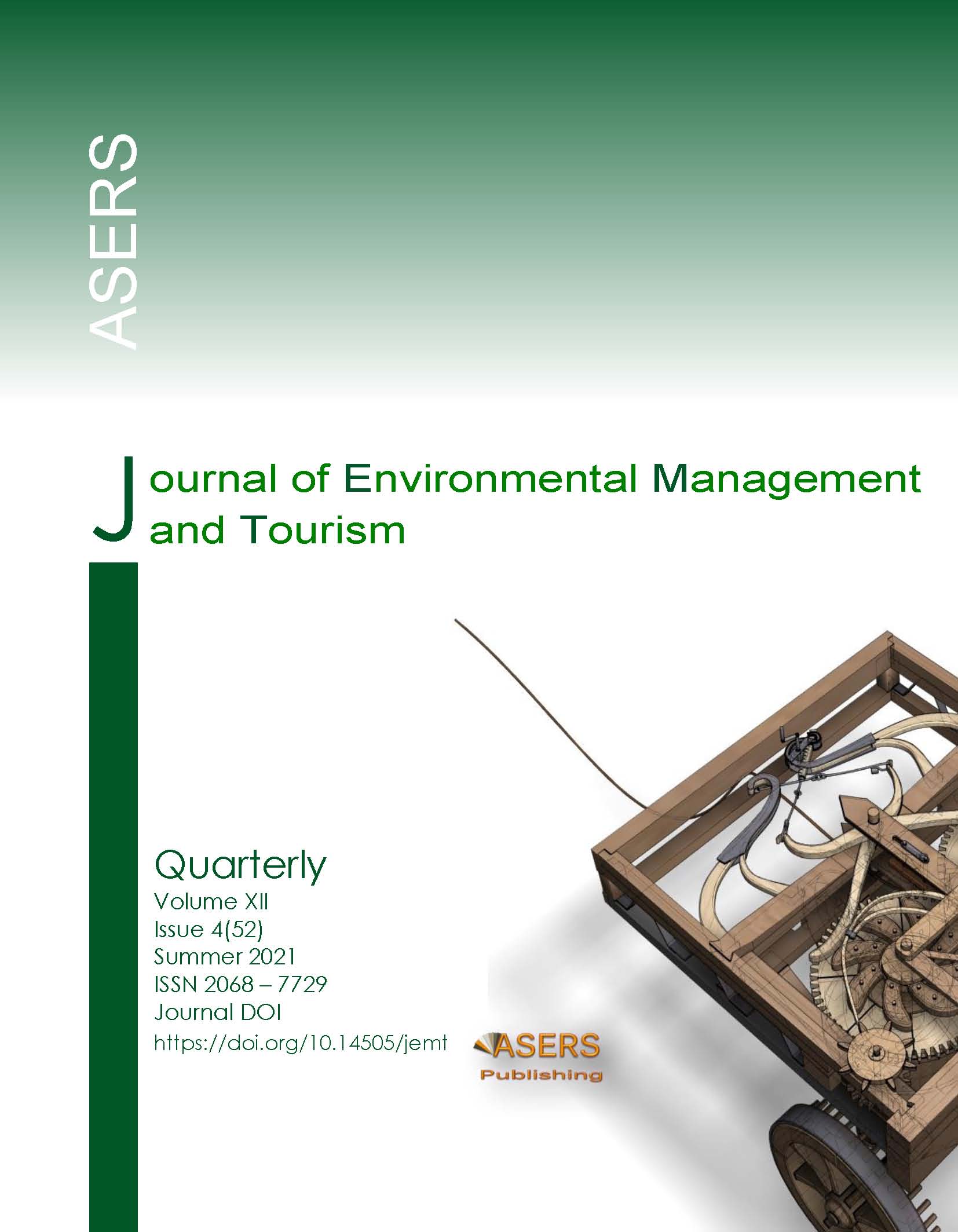Managing Organizational Communication in Tourism Industry. The Case of Kosovo
Abstract
The main purpose of this paper is to explore the definition of the tourism industry and to examine the forms and importance of managing organizational communication in the tourism industry. Organizational communication deals with the interaction, coordination between individuals in a group, company, or organization. Effective communication results in problem-solving and decision-making at the organizational level.
Communication skills regulate behavior and create motivation among people. Motivation is an important part and factor of behavior and should be part of a communication process.
To successfully manage communication network and be effective, it must include training and guidance, and that the information is accurate in a timely manner in order to resolve and prevent potential conflicts.
The tourism industry brings many economic benefits, jobs and raises the image of the country, and through tourism the country can be recognized and promoted by attracting foreign tourists. The tourism industry is the combination of all sectors related to tourism, a combination of hotels and facilities for accommodation, entertainment, business, and other purposes, so it interacts with many sectors of the economy.
References
[2] Axelsson, B., Easton, G. 1992. Industrial Networks: A New View of Reality, London: Routledge.
[3] Bala M., Troshani, A. 2012. Innovation in the Tourism Context: New Opportunities For Enhancing Competitiveness. International Conference “Society internationalization - affectivity and problems”, Proceedings, Year/Vol. 2, No. 2; ISSN – 2232-8742.
[4] Bennis, W., Katz, D., Kahn, R. 1966. The Social Psychology of Organizations. Sociology, American Sociological Review.
[5] Breen, P, J., Carlsen, J., Jago, L. 2005. Small & medium tourism enterprises: The identification of good practice.
[6] Davis, K. 1953. Management communication and the grapevine, Harvard, Business Review, Vol. 31, 43-49.
[7] Fussell, S.R., Kreuz, R.J. (Eds.) 2014. Social and Cognitive Approaches to Interpersonal Communication, Psychology Press.
[8] Gray, B. 1989. Collaborating: Finding Common Grounds for Multiparty Problems. San Francisco & London: Jossey-Bass, 5-7.
[9] Hall, C, M., S.J, Page. 2008. Progress in Tourism Management: From the Geography of Tourism to Geographies of Tourism – A Review, Tourism Management.
[10] Håkansson, H., Johanson, J. 1992. A Model of Industrial Networks, in Axelsson, B., Easton, G. (eds.), Industrial Networks: A New View of Reality, London: Routledge, 28–34.
[11] Huxham, C. (ed.) 1996. Creating Collaborative Advantage. London: Sage.
[12] McCormack, J.S. 1968. Communication and the organization. Advanced Management Journal, January, 63.
[13] Mentzer, T, J., DeWitt, W., Keebler, S, J., Min, S., Nix, W. N., Smith, S, C., Zacharia. G, Z. 2001. Defining supply chain management. Journal of Business Logistic.
[14] Raina. R. 2010. Timely, Continuous & Credible Communication & Perceived Organizational Effectiveness, Indian Journal of Industrial Relations, 345-359
[15] Redding, W.C. 1979. Organizational communication theory and ideology: an overview. Annals of the International Communication Association, Volume 3, Issue 1: Communication Yearbook 3.
[16] Selin, S. 1994. Collaborative alliances: New interorganizational forms in tourism, Journal of Travel & Tourism Marketing, Volume 2, Issue 2-3
[17] Tapper, R., Font, X. 2004. Tourism supply chains. Report of a Desk Research Project for the Travel Foundation. Leeds Metropolitan University and Environment Business & Development Group
[18] Thayer, P.W. 2002. Creating, implementing, and managing effective training and development: state of the art lessons for practice. Personnel Psychology, Durham, Vol. 55, Iss. 3, (Autumn): 748-752.
[19] Zmud, W.R., Lind, R.M., and Young, W. 1990. Forrest, an attribute space for organizationa communication channels. Information Systems Research, 441.
[20] Ministry of Finance - Kosovo Agency of Statistics.
[21] https://www.unwto.org/glossary-tourism-terms
[22] https://market-width.com/Tourism-Industry.htm
[23] https://johar.ru/sq/war/predpriyatiya-turistskoi-industrii-struktura-industrii-turizma-turistskie
[24] https://sq.warbletoncouncil.org/estructura-organizacional-5073
[25] https://prishtinaonline.com/uploads/strategjia_e_turizmit_dkr_komuna_e_prishtines.pdf
Copyright© 2025 The Author(s). Published by ASERS Publishing 2025. This is an open access article distributed under the terms of CC-BY 4.0 license.
